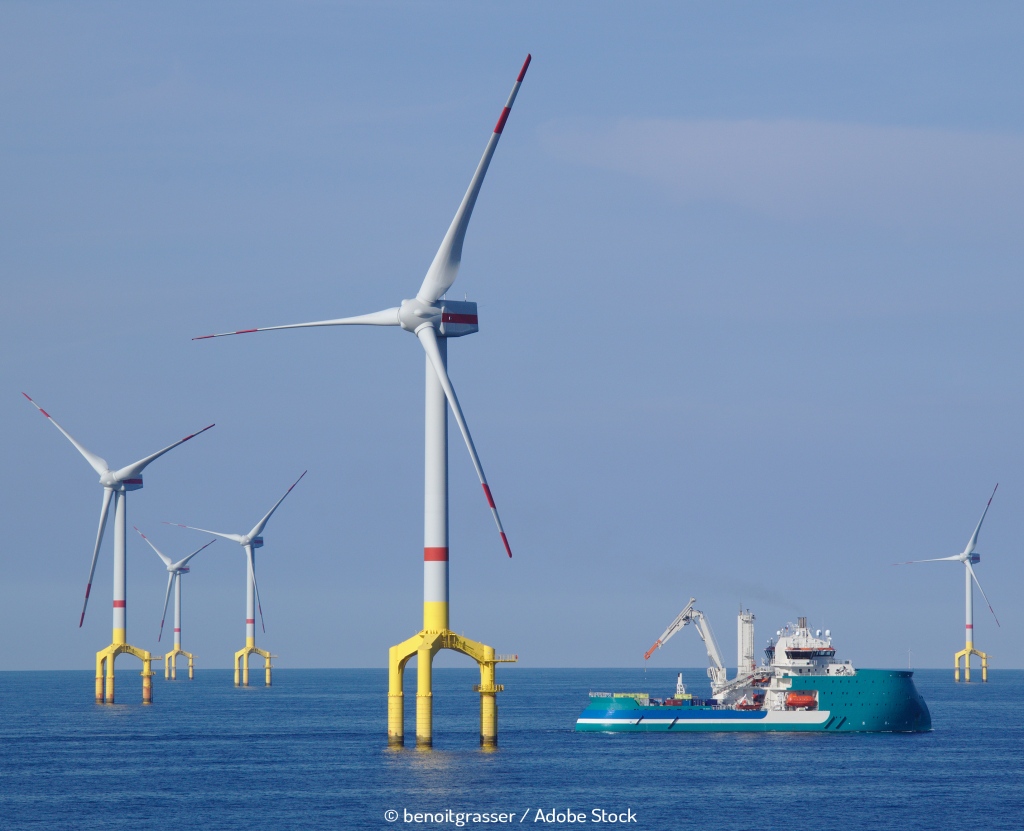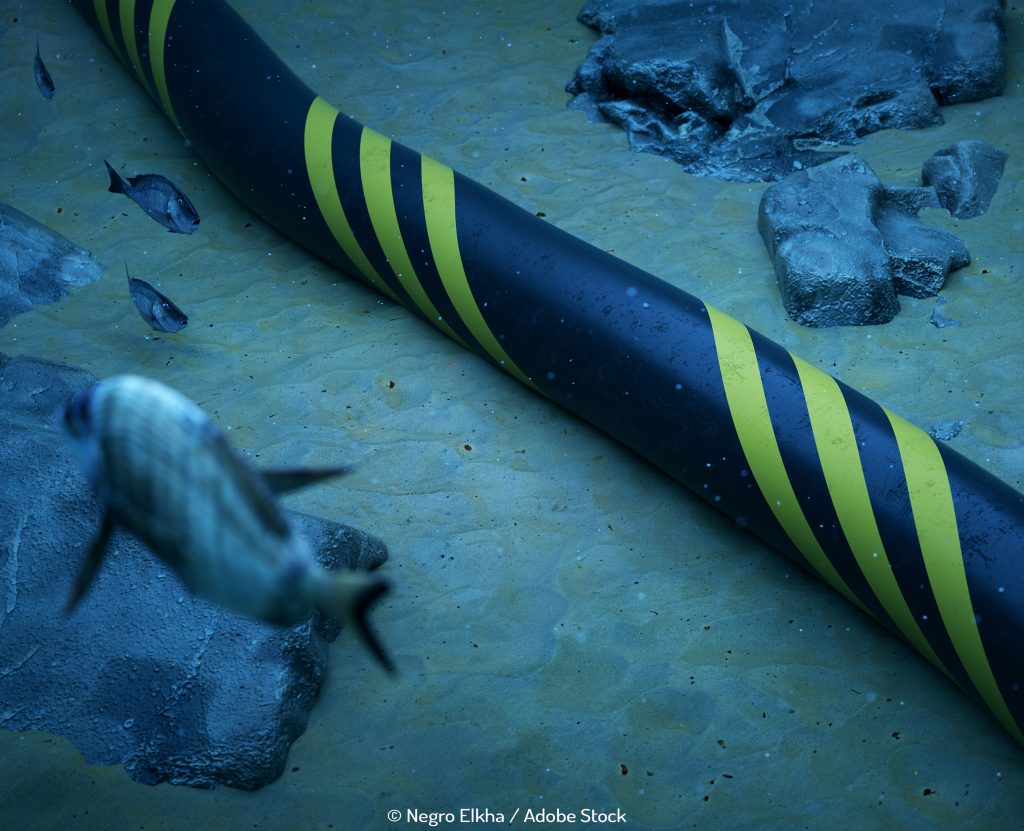
Recent developments in the UK offshore wind sector
There are calls for a focus on a green recovery as we look towards coming out of the pandemic and into recovery mode. Offshore wind is perfectly placed to help us do this and a lot has been going on in the UK sector over the last few months.
Firstly, big developments in Scotland where the seabed is being opened up for new projects for the first time in a decade. The bidding process has already started and is due to be completed by March 2021. It is estimated that 10 new sites will be selected with construction on the first successful application likely to begin in five years, with the remainder online by 2030.
Claire Mack, chief executive at Scottish Renewables, said the announcement provided a “blueprint for the further expansion of an industry which is creating economic and environmental benefits across Scotland and helping meet our emissions targets as we progress towards net-zero”.
She added: “Government and industry must now work together to maximise offshore wind deployment, and the supply chain opportunities which come with it, by removing barriers, investing strategically and making the right decisions, at the right time, to ensure this exciting sector has the confidence it needs to thrive at a global scale in the coming decades.”
The floating wind farm sector is “standing really at the verge of a huge leap”, according to Alexander Vandenberghe, from WindEurope. No longer seen exclusively as a means of last resort for companies that have exhausted traditional fixed-base turbines, technological progress means it’s now possible to have your cake and eat it. It’s thought floating turbines could allow as much as 80% of the world’s wind resources which are located in waters deeper than 50m.
A floating wind project planned off the coast of Aberdeen has secured £380m through a ‘Certified Climate Bond’ deal. It’s funded by the Climate Bonds Initiative, an investor-focused not-for-profit whose strategy is to develop a large and liquid Green and Climate Bonds Market that will help drive down the cost of capital for climate projects and drive rapid change at a very large scale.
Kincardine Offshore Wind Farm will have 6 turbines and is expected to be operational by the end of this year. The rules of the deal mean that the developer will have to regularly report on how the project is meeting the climate performance.
Sean Kidney, CE of the Climate Bonds Initiative said: “This is the first Climate Bonds Certification of a floating offshore wind project, congratulations are due to both Cobra and Natixis for their innovation and leadership. It’s a global scale transaction providing a strong pointer to the enormous investment potential in the floating wind sector.”
And exciting news in the traditional turbine sector too – with Siemens Gamesa developing 100 14MW turbines – which are 25% more powerful than its next largest model – for a new project off the North East coast.
Innogy chose the new SG 14-222 DD turbines which stand at 262m tall for its 1.4GW Sofia farm on the shallow area known as Dogger Bank. At 593km2, it is about the same size as the Isle of Man! Once complete it could power more than 1.2m homes with green energy. It will be installed by early 2024.
Andreas Nauen, CEO of Siemens Gamesa, said: “As an economic recovery around the globe safely and slowly begins, we’re confident that offshore wind power will strongly contribute to providing jobs and energy stability at attractive prices.”
This all comes about after the UK enjoyed a record-breaking period of more than 60 days of coal-free energy provided to the National Grid, and builds on last year’s progress with record levels of energy consumption provided by renewables and record-low prices for clean energy, dipping to just £39.50 per MW/h.
The UK Climate Assembly, a group of 108 people chosen to give views to the government on climate change policies wrote: “In recent months, the UK public has demonstrated its capacity to respond positively and responsibly when they understand the risks posed to them by an invisible threat that demands collective action. We believe that a similar approach, based on securing public support for ambitious policies through open dialogue around the science, is a sound basis for the net-zero journey.” Let’s hope the positive steps we’ve talked about here continue and expand and something good will come from the global shake-up.


